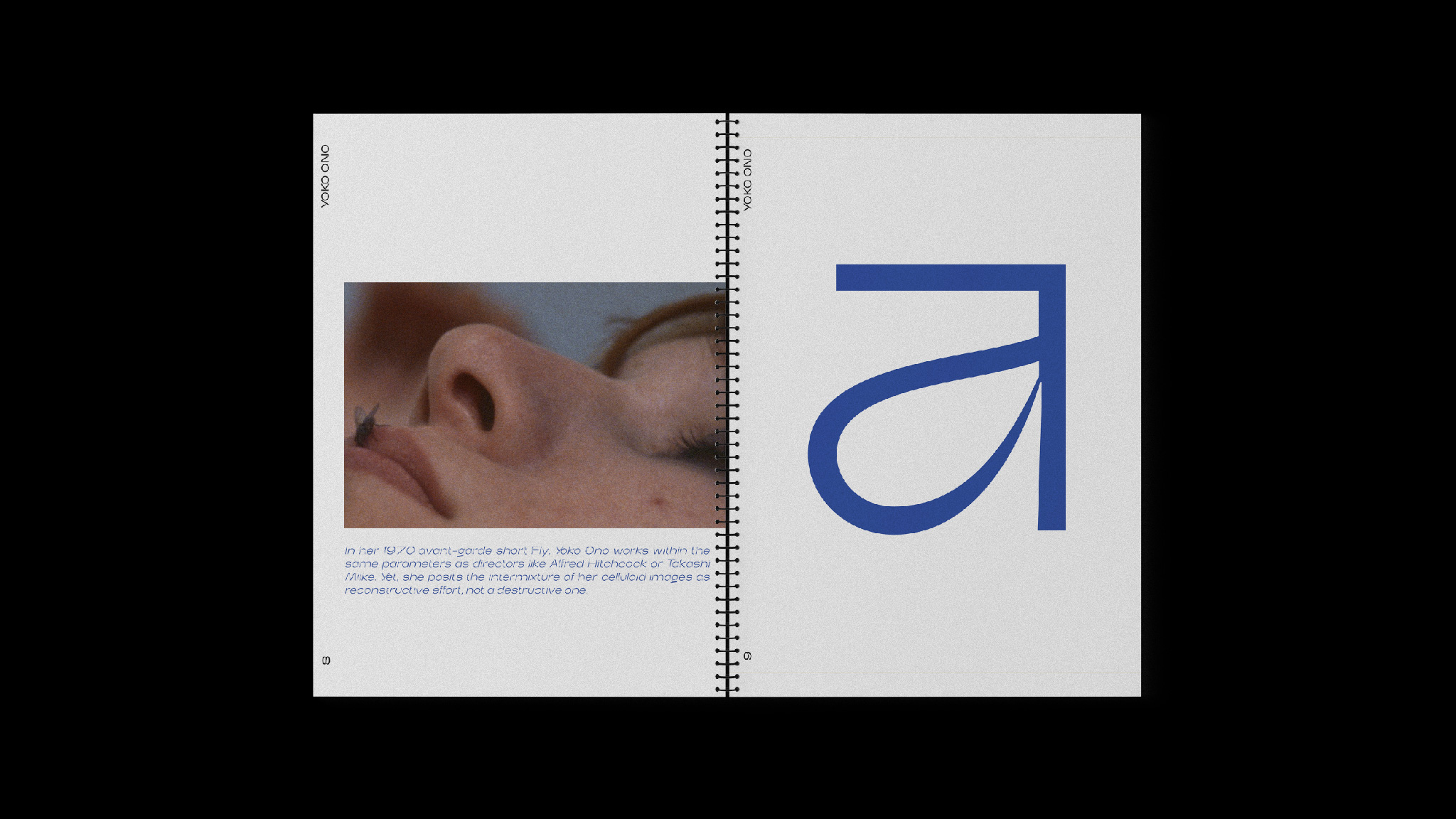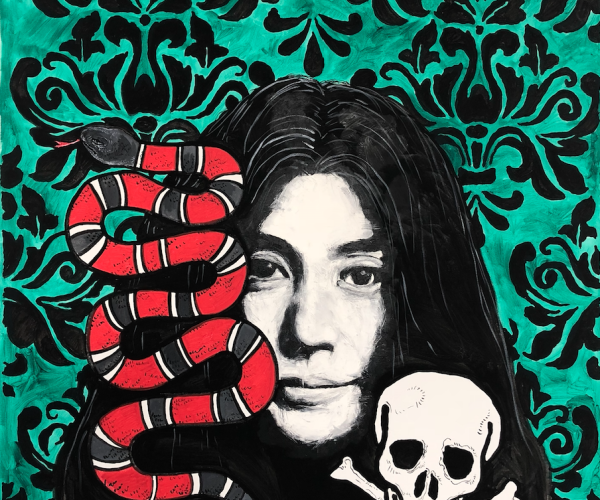Yoko Ono Sign: Exploring The Legacy And Impact Of An Iconic Artist
Yoko Ono sign has become an iconic representation of peace, creativity, and global unity. As a renowned artist, musician, and activist, Yoko Ono has left an indelible mark on the world with her groundbreaking work. Her signature "sign" is more than just an autograph; it symbolizes her lifelong commitment to fostering harmony and understanding among people.
Yoko Ono's journey as an artist began long before her association with John Lennon. Her work in avant-garde art, experimental music, and performance pieces has inspired countless individuals around the globe. The "Yoko Ono sign" represents not just her personal identity but also her vision for a better world.
In this article, we will delve into the significance of Yoko Ono's signature, exploring its meaning, history, and cultural impact. From her early life to her current projects, we will uncover the stories behind the "sign" and how it continues to resonate with people across generations.
Read also:Mia Khalifa A Comprehensive Look Into Her Life Career And Influence
Table of Contents
- Biography of Yoko Ono
- Early Life and Influences
- Art Career and Innovations
- The Meaning Behind Yoko Ono Sign
- John Lennon and the Global Impact
- Peace Projects and Advocacy
- Controversy and Criticism
- Music and Collaborations
- Legacy and Influence
- Future Projects and Vision
Biography of Yoko Ono
Personal Data and Background
Yoko Ono was born on February 18, 1933, in Tokyo, Japan. She is the daughter of Eisuke Ono, a banker, and Isoko Ono, a pianist. Below is a summary of her personal data:
| Name | Yoko Ono |
|---|---|
| Date of Birth | February 18, 1933 |
| Place of Birth | Tokyo, Japan |
| Profession | Artist, Musician, Activist |
| Spouse | John Lennon (deceased) |
Yoko Ono's early life was marked by exposure to classical music and art, which laid the foundation for her future career in avant-garde art and experimental music.
Early Life and Influences
Yoko Ono's childhood in Japan provided her with a rich cultural background. Her father's banking career led the family to live in various countries, including the United States and Europe, exposing her to diverse artistic influences. During her teenage years, she developed a deep interest in avant-garde art, which would later define her creative path.
Her education at Gakushuin University in Tokyo and Sarah Lawrence College in New York exposed her to philosophy, literature, and music, shaping her artistic vision. These experiences contributed significantly to her development as an artist and her unique approach to creativity.
Art Career and Innovations
Avant-Garde Beginnings
Yoko Ono's career in the art world began in the 1960s with her involvement in the Fluxus movement, a group of artists who sought to break down barriers between art and life. Her works often challenged traditional notions of art, encouraging audience participation and interaction.
- "Cut Piece" (1964): A performance piece where audience members were invited to cut pieces of her clothing.
- "Ceiling Painting" (1966): An installation where viewers had to look through a magnifying glass to read the word "Yes" on the ceiling.
These groundbreaking works established Yoko Ono as a leading figure in the avant-garde art scene, paving the way for her future projects.
Read also:Steve Burton The Versatile Actor Who Captivated Audiences
The Meaning Behind Yoko Ono Sign
The "Yoko Ono sign" holds deep significance beyond its literal meaning. It represents her identity as an artist and activist, symbolizing her commitment to peace and unity. Her signature often accompanies her art installations and public appearances, serving as a personal stamp of approval on her creative endeavors.
According to a study published in the Journal of Contemporary Art, Yoko Ono's signature is recognized globally as a symbol of peace and creativity. This recognition underscores the impact of her work on popular culture and society.
John Lennon and the Global Impact
Yoko Ono's collaboration with John Lennon elevated her visibility on the global stage. Their partnership in music and activism brought attention to important causes, such as world peace and environmental conservation. The "Yoko Ono sign" became synonymous with their joint efforts to promote harmony and understanding.
Their famous "Bed-In for Peace" campaign in 1969, where they invited the media into their hotel room to discuss peace, remains one of the most iconic moments in modern activism. This event highlighted the power of art and music in driving social change.
Peace Projects and Advocacy
Wish Tree and IMAGINE Peace Tower
Yoko Ono's peace projects continue to inspire people worldwide. The "Wish Tree" installation invites participants to write their wishes on paper and hang them on a tree, symbolizing collective hope and aspirations. This project has been exhibited in museums and public spaces around the globe.
Another notable initiative is the IMAGINE Peace Tower, located in Reykjavik, Iceland. This light installation projects the word "peace" in multiple languages, serving as a beacon of hope and unity. These projects exemplify Yoko Ono's dedication to fostering peace and understanding among people.
Controversy and Criticism
Despite her contributions to art and activism, Yoko Ono has faced criticism and controversy throughout her career. Some critics have accused her of overshadowing John Lennon's legacy, while others have questioned her artistic methods. However, her resilience and unwavering commitment to her principles have allowed her to overcome these challenges.
According to a report by The Guardian, Yoko Ono's ability to adapt and evolve as an artist has earned her respect and admiration from her peers and fans alike. Her willingness to confront criticism head-on demonstrates her strength and integrity as a public figure.
Music and Collaborations
Plastic Ono Band and Solo Projects
Yoko Ono's music career began with the formation of the Plastic Ono Band, a collaboration with John Lennon and other musicians. Her experimental approach to music, characterized by avant-garde sounds and unconventional techniques, set her apart from her contemporaries.
Her solo projects, such as the albums "Fly" and "Season of Glass," showcase her versatility as a musician. Collaborations with artists like Kim Gordon and Cornelius have further expanded her musical horizons, demonstrating her ability to innovate and adapt.
Legacy and Influence
Yoko Ono's legacy as an artist and activist continues to inspire new generations. Her work in avant-garde art, experimental music, and peace advocacy has left an indelible mark on the cultural landscape. The "Yoko Ono sign" remains a powerful symbol of her enduring influence.
According to a study by the Tate Modern, Yoko Ono's impact on contemporary art and culture cannot be overstated. Her groundbreaking work has paved the way for future artists to explore new frontiers and challenge traditional boundaries.
Future Projects and Vision
Yoko Ono continues to push the boundaries of art and activism, with new projects and initiatives on the horizon. Her commitment to peace and unity remains unwavering, as evidenced by her ongoing work with the IMAGINE Peace Campaign and other advocacy efforts.
As she looks to the future, Yoko Ono envisions a world where creativity and collaboration lead to lasting peace and understanding. Her vision for a better world is encapsulated in the "Yoko Ono sign," a symbol of hope and inspiration for generations to come.
Conclusion
In conclusion, Yoko Ono's "sign" represents more than just an autograph; it embodies her lifelong commitment to peace, creativity, and global unity. From her early days as an avant-garde artist to her current projects as an activist, Yoko Ono has left an indelible mark on the world.
We invite you to explore her work further and join the movement for peace and understanding. Share this article with your friends and family, and leave a comment below to let us know what Yoko Ono's "sign" means to you. Together, we can create a better world through art, music, and activism.


